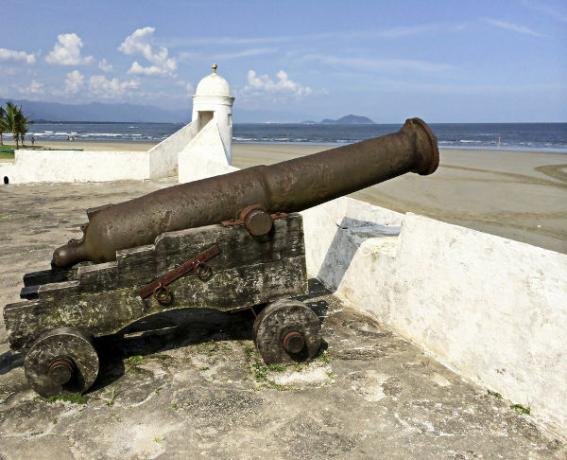THE slavery history in Brazil and in other colonies where this institution existed, it was not characterized by a passive acceptance of Africans in relation to captivity. The history of slavery in the Americas was marked by a active slave resistance and by creating forms of sociability, manifested through dances, songs, religions or even reactions to captivity, such as attacks on the lords, sabotage of production, defense of families established on the farms and leaks.
In the latter case, historians have even divided them into two forms. The first would be the breakout leaks, in which slaves fled from plantations and plantations in search of freedom, creating quilombos and breaking with slavery. However, there were still the leaks by claim, in which slaves fled the plantations, but without the objective of achieving freedom. Many of these escapes were for the slave not to be sold or even for the opposite reason, for his master to get rid of him, as he had no interest in being under his control. Still others sought to get a break from hard work routines.
There were also escapes in which the slaves were interested in changing the working conditions on the plantations, thus intending to change the work processes and achieve a greater margin of decision on the ways to proceed during the work.
An example can be found in Recôncavo Baiano, at the end of the 18th century. Around 1789, in the Engenho de Santana de Ilhéus, the Creole slaves (born in Brazil) paralyzed the work, killed the foreman, took the tools from the mill and took refuge in the forests surrounding the region. Their goal was not to be freed from slavery, but to seek greater freedom at slavery. At least this is what was suggested by the document created by the escaped slaves and which was sent to their master, referenced as “Treaty proposed to Manuel da Silva Ferreira by his slaves during the time they were conserved raised”. [1]
In this document the slaves stated that they did not want war, but peace. If you agreed with them in peace, it should be built in accordance with what they demanded.
Among the demands of Manuel da Silva Ferreira's slaves was the request for the allocation of Fridays and Saturdays of the weeks so that the slaves could work for themselves, even asking the master to provide them with "net, cast net and canoes", in addition to being able to plant the "rice wherever we want, and in any marsh, without asking permission to do so, and we can each take jacarandas or any stick without giving part for that”.
Do not stop now... There's more after the advertising ;)
The work intended for the slaves themselves, in addition to ensuring supplementation in food, served in many cases as a way to raise funds to later buy a manumission, achieved with the commercialization of products. Also with regard to this commercialization, it is interesting to note another claim in the same document, that the you should make a “big boat so that when you go to Bahia we put our loads in so we don't catch freight”. The objective was to use a means of transport from the master so that they could market what they had produced, without having to incur additional costs.
The slaves at the Engenho de Santana de Ilhéus were still fighting for the change in work processes, when they demanded that “in each boiler there must be a fire-placer, and in each suit of bands the same, and on Saturday there must be remediably peija [stoppage] at Engenho.” The claims presented demonstrated a knowledge of the slaves of the work they performed and, as a result, the presentation of another way to perform them, indicating an attempt to create new rhythms of work, less exhausting.
With regard to African slaves, those who escaped from the mill sought to differentiate themselves from them, restricting certain tasks, such as “making camboas and shellfishing”, to slaves born in Africa. The claim document ended by stating that they could "play, play and sing as long as we like without being prevented or needing a license". If the master accepted the demands and allowed them to always be in possession of their tools, the slaves would return to work.
Manuel da Silva Ferreira pretended to accept the claims. A lord could not accept such an affront to his human properties. The movement's leaders were arrested, ending the fight at that moment in the mill. Despite the defeat, the document and the struggle of the slaves of the Engenho de Santana de Ilhéus demonstrated an active action during the captivity, in addition to knowledge of the work process and the interest in changing it, proposing concrete ways to do so. Modern slaves were not passive pieces in the hands of their masters.
Note
[1] REIS, João José, SILVA, Eduardo. Negotiation and conflict - black resistance in slavery Brazil. Rio de Janeiro: Companhia das Letras, 1989, p.123. The other citations in the document are all taken from this location.
By Tales Pinto
Master in History



